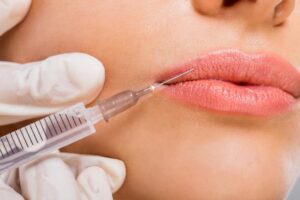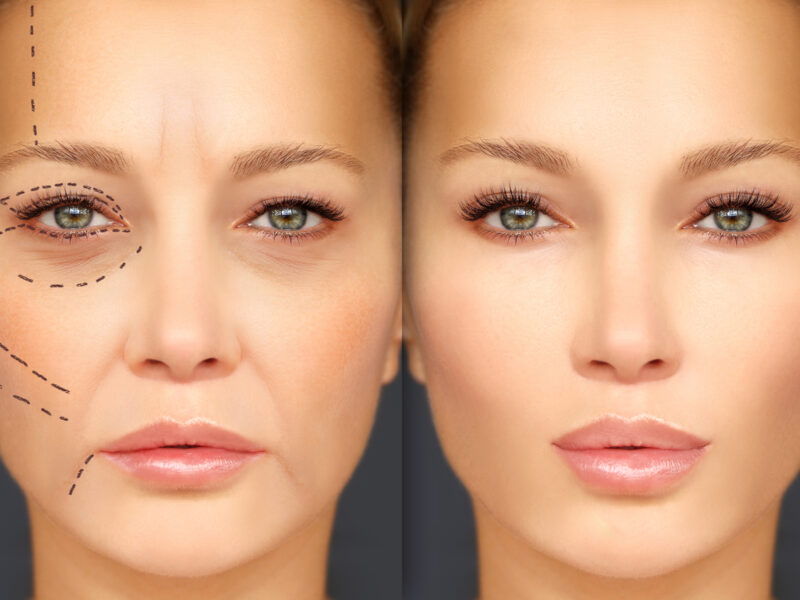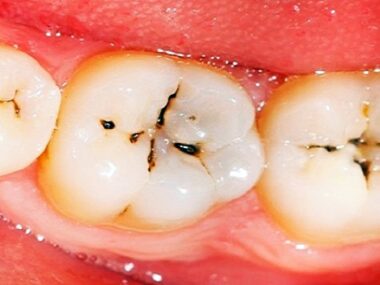Cosmetic surgery offers individuals the opportunity to enhance their physical appearance and improve self-confidence. However, like any surgical procedure, it comes with potential risks, complications, and benefits that should be carefully considered.
Cosmetic surgery encompasses a wide range of procedures aimed at enhancing or altering a person’s physical appearance. Among the most commonly performed cosmetic surgeries are:
- Breast Augmentation (Augmentation Mammoplasty): Breast augmentation is a surgical procedure to increase the size, shape, or fullness of the breasts using implants (saline or silicone-filled) or fat transfer techniques. It is often sought by women who desire larger breasts, wish to improve breast symmetry, or have lost breast volume due to pregnancy, weight loss, or ageing.
- Liposuction (Lipoplasty or Suction Lipectomy): Liposuction is a cosmetic procedure that removes excess fat deposits from specific areas of the body, such as the abdomen, thighs, hips, buttocks, arms, or neck. It involves suctioning out fat cells through a cannula (thin tube) inserted through small incisions in the skin, resulting in improved body contour and smoother silhouette.
- Rhinoplasty (Nose Job): Rhinoplasty is a surgical procedure to reshape or resize the nose for aesthetic or functional purposes. It can address various concerns, including nasal humps, crookedness, wide nostrils, nasal asymmetry, or breathing difficulties. Rhinoplasty may involve altering the nasal bone, cartilage, or soft tissue to achieve the desired nasal shape and proportion.
- Facelift (Rhytidectomy): A facelift is a surgical procedure to rejuvenate the face by lifting and tightening sagging facial tissues, smoothing wrinkles, and restoring youthful contours. It typically involves lifting and repositioning the skin, underlying muscle, and fat of the face and neck through discreetly placed incisions, resulting in a firmer, more youthful facial appearance.
- Eyelid Surgery (Blepharoplasty): Blepharoplasty is a cosmetic procedure to improve the appearance of the eyelids by removing excess skin, fat, or muscle from the upper and/or lower eyelids. It can address drooping upper eyelids (ptosis), under-eye bags, puffiness, or sagging skin around the eyes, resulting in a refreshed and rejuvenated eye area.
- Tummy Tuck (Abdominoplasty): Abdominoplasty is a surgical procedure to flatten and reshape the abdomen by removing excess skin and fat, tightening the abdominal muscles, and improving abdominal contour. It is commonly sought by individuals who have excess skin and muscle laxity in the abdominal area due to pregnancy, weight loss, or ageing.

These cosmetic surgeries are among the most frequently performed procedures worldwide, catering to individuals seeking to enhance their appearance and improve self-confidence.
Each procedure is tailored to address specific aesthetic concerns and goals, and patients should undergo thorough consultations with board-certified plastic surgeons to determine the most suitable treatment plan based on their unique anatomical features, medical history, and desired outcomes.
Additionally, patients should be aware of the potential risks, benefits, and recovery considerations associated with each cosmetic surgery before making informed decisions about undergoing treatment.
Potential Risks and Complications
- Anesthesia Risks: Anesthesia is an essential component of cosmetic surgery but carries inherent risks, including allergic reactions, respiratory problems, and adverse reactions to medications. Rarely, patients may experience anaesthesia awareness or complications related to anaesthesia overdose.
- Surgical Complications: Surgical complications may include bleeding, infection, hematoma (collection of blood under the skin), seroma (fluid accumulation), nerve damage, and poor wound healing. Additionally, surgical errors or complications specific to the procedure performed may occur, such as implant rupture in breast augmentation or asymmetry in rhinoplasty.
- Scarring: All surgical procedures involve incisions, which can result in scarring. While cosmetic surgeons strive to minimize scarring by using advanced techniques and placing incisions strategically, the extent and visibility of scars can vary depending on factors such as skin type, wound healing capacity, and surgical technique.
Potential Benefits:
- Improved Self-Confidence: One of the primary benefits of cosmetic surgery is improved self-confidence and self-esteem. Patients may feel more comfortable and satisfied with their appearance following successful cosmetic procedures, leading to enhanced social interactions and quality of life.
- Enhanced Physical Appearance: Cosmetic surgery can address aesthetic concerns and imperfections, such as asymmetry, sagging skin, wrinkles, or disproportionality, resulting in a more balanced and aesthetically pleasing appearance. This can positively impact body image and overall well-being.
- Correction of Physical Discomfort: In some cases, cosmetic surgery can alleviate physical discomfort or functional issues associated with certain aesthetic concerns. For example, breast reduction surgery may relieve back and shoulder pain caused by large, heavy breasts, while rhinoplasty can improve nasal breathing and alleviate sinus problems.
- Psychological Benefits: Cosmetic surgery can have psychological benefits beyond improved appearance, including increased feelings of self-worth, empowerment, and emotional well-being. Patients may experience reduced anxiety, depression, and body dissatisfaction following successful cosmetic procedures.
Conclusion
Cosmetic surgery offers the potential for significant aesthetic enhancements and psychological benefits, but it is not without risks and potential complications. Patients considering cosmetic procedures should undergo thorough preoperative evaluations, discuss their expectations and concerns with their surgeon, and weigh the potential risks and benefits carefully before making informed decisions.
Additionally, choosing a qualified, board-certified cosmetic surgeon and following postoperative instructions diligently can help minimize the likelihood of complications and optimize outcomes. Ultimately, the decision to undergo cosmetic surgery should be based on realistic expectations, informed consent, and a comprehensive understanding of the potential risks and benefits involved.
Related Tags
Taiwo Olawuyi
Taiwo Olawuyi is a highly dedicated and passionate professional blogger, renowned for her ability to create captivating, informative, and engaging content in the realm of health and wellness. She holds a Bachelor's degree in Political Science from Olabisi Onabanjo University and a Master's degree in Adult Education from the prestigious University of Ibadan. Her profound passion for health and wellness, coupled with her unwavering dedication to her audience, serves as a constant source of inspiration and enlightenment for readers worldwide.










